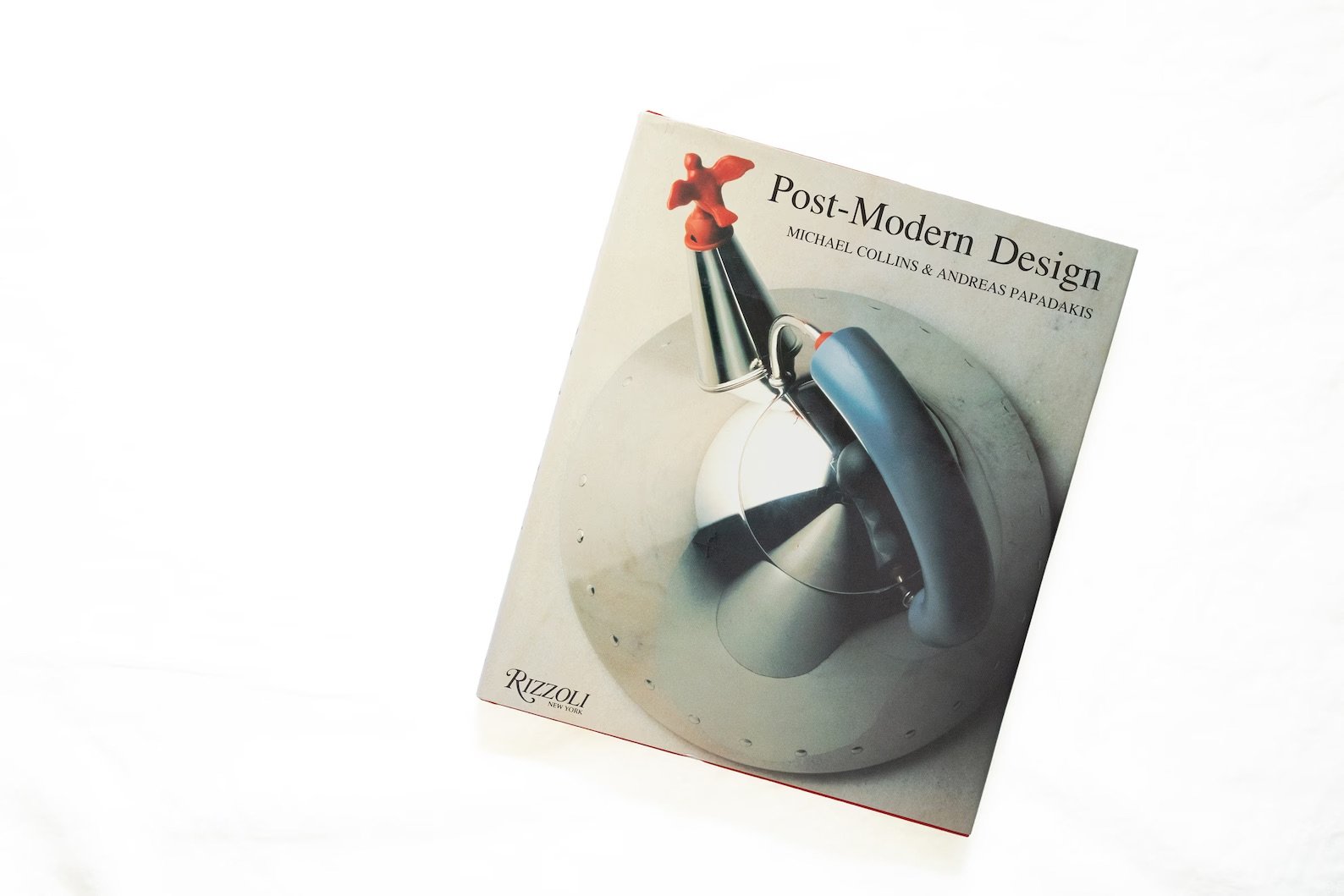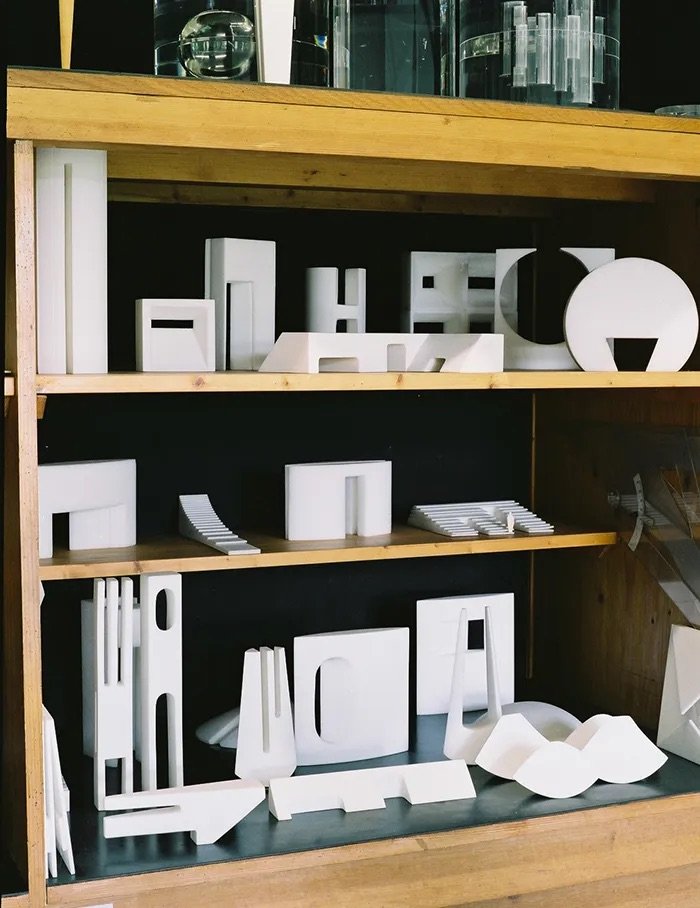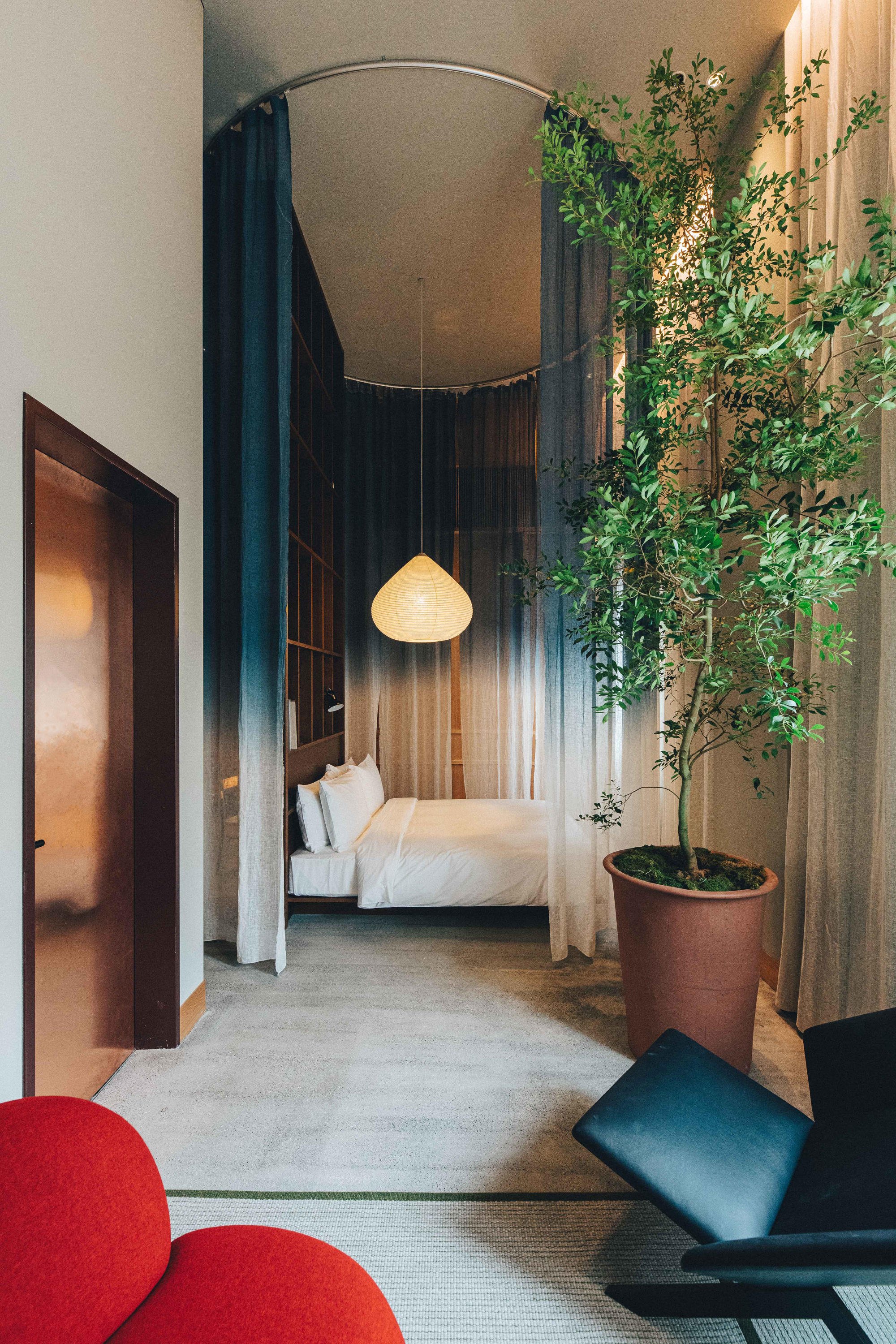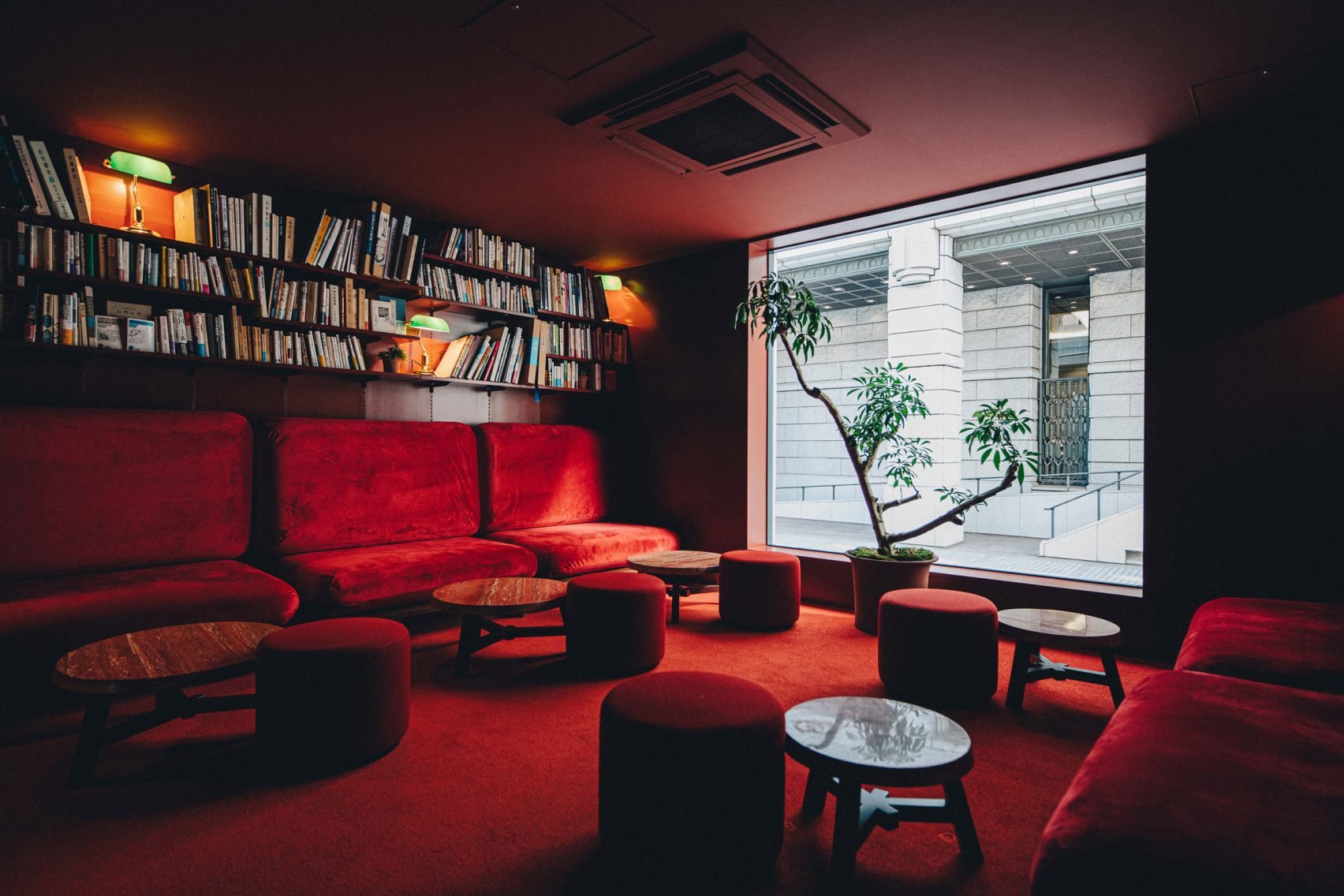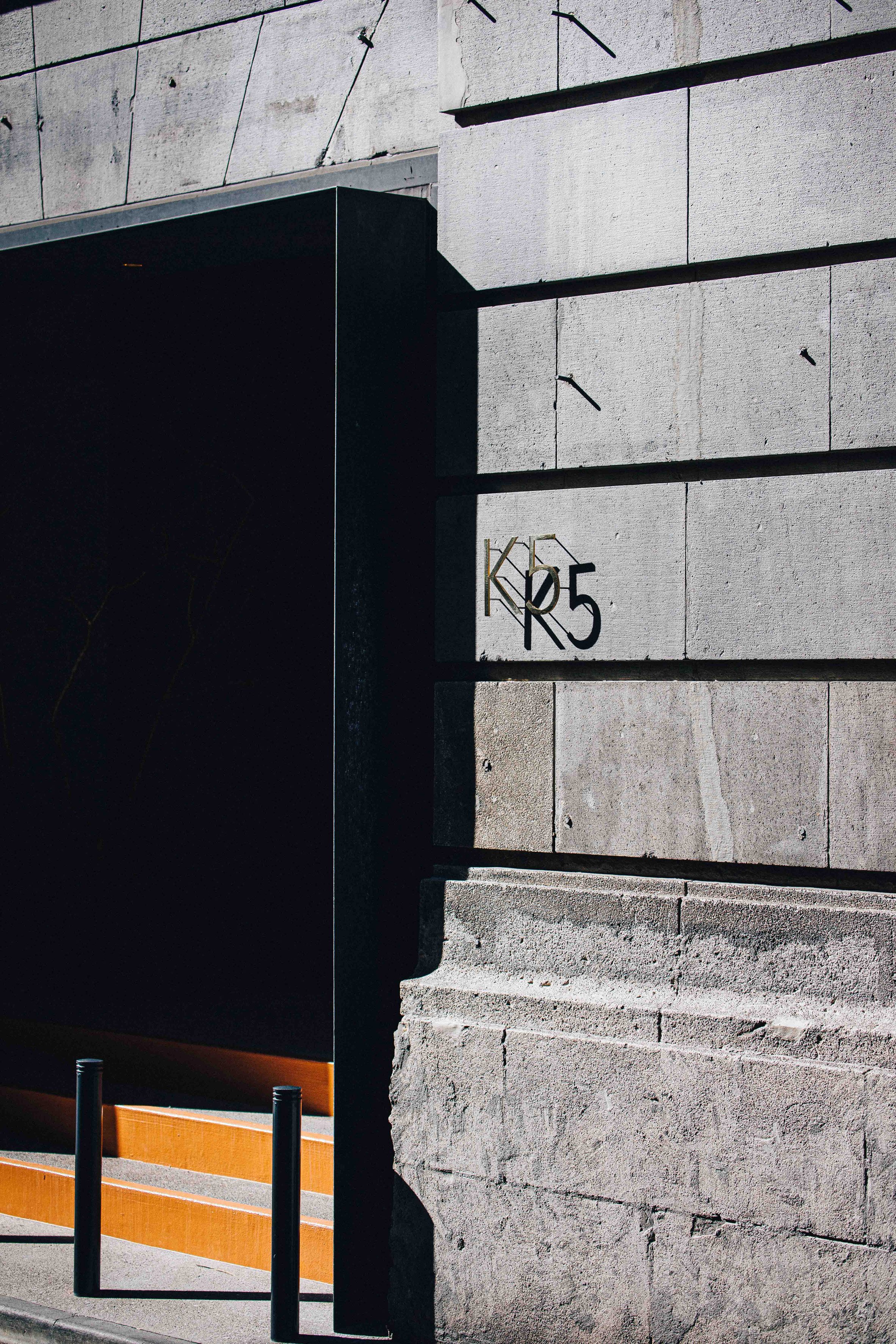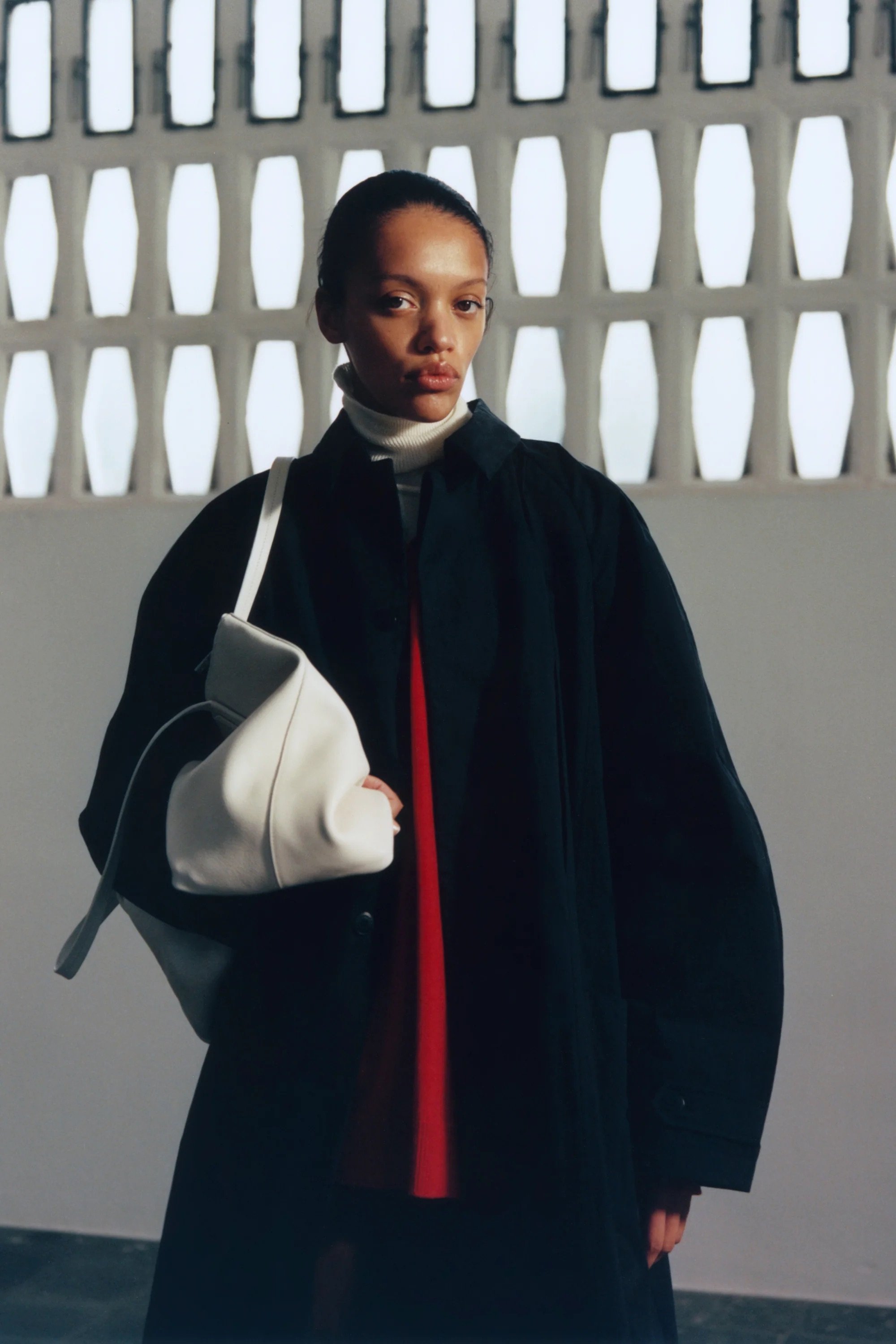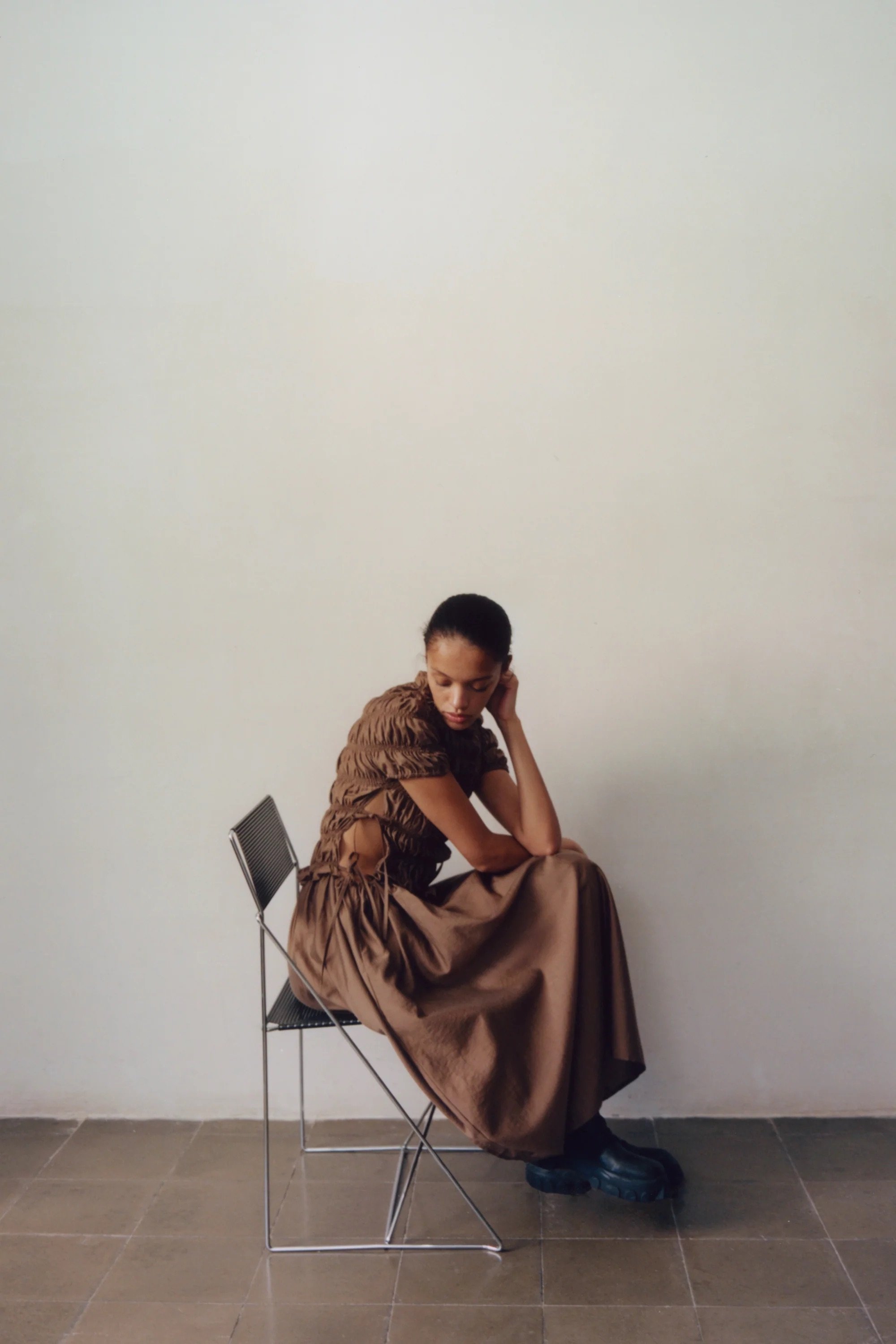Simay Demirel
HURS CURATORS
SIMAY DEMIREL
The book curator shares her favorite brands, products and places
The world of Simay Demirel perfectly combines the best in culture. From overseen art foundations to niche local restaurants, Demirel has an eye for the good (and well-designed) things in life. Originally from Istanbul, Demirel moved to Paris in 2016 where she works as a freelance wholesale expert with leading fashion brands like Lemaire. Her interest in architecture, design and reading was the perfect foundation for ‘Where I Would Like to Read’, an instagram account curated by Demirel where she collects the best and finest places to read. The account quickly garnered a loyal following of fellow interior and book enthusiasts. Since then, Demirel has launched a second account ‘WIWLTR Reads’ where she shares her personal collection of vintage books on design, art and lifestyle, allowing followers to explore them through the displays she curates for showrooms in Paris and other European cities.
UNFOLDING THE WORLD OF POSTMODERN DESIGN
Authors Michael Collins and Andreas Papadakis trace the postmodern movement in their 288 page book ‘Post-Modern Design’. While many appreciate postmodern design, only few are able to define it. ‘Post-Modern Design’ outlines key elements of the movement, from the use of symbolism and color to the reinterpretation of traditional design values. Published in 1989 by Rizzoli, the book explores the work of over one hundred artists, architects and designers including Hans Hollein, Michael Graves, Robert Venturi, and Stanley Tigerman, making it a title that’s as intellectually stimulating as it is beautiful.
“This book is a total DREAM, examining major Post-modern designers’ works with rare imagery and illustrations. I get so much inspiration just going through the examples of a wide range of designer objects including furniture, ceramics, metalware and lighting showcased in this book.”
“Nothing like a NOSTALGIC place! There are hundreds of new generation wine bars in Paris, which I often visit, but the old school atmosphere here feels quite unique. Hotdogs and martinis, sounds very casual but it's just lovely to sit by the bar with a date or an old friend that's visiting town, chatting for hours.”
FOR CASUAL DATE NIGHTS IN PARIS
Harry’s New York Bar in the 2nd arrondissement is an institution. Originally a bistro, American jockey Tod Sloan converted the space into a bar in 1911 – the actual wooden bar was imported from Manhattan – with the hope to capitalize on the influx of American writers, artists and sportsmen who flocked to Paris during the Jazz Age. When its barman Harry MacElhone took over in 1923, Harry’s New York Bar quickly became the home away from home for expats from the artistic and literary community, including F. Scott Fitzgerals, Ernest Hemingway and Thornton Wilder. It’s also said to be the place where American composer and pianist George Gershwin composed ‘An American in Paris’. Its address, 5 Rue Daunou became the bar’s signature, with an international ad campaign telling visitors to ask their taxi drivers to head to “Sank Roo Doe Noo.” While Harry’s New York Bar would be worth visiting solely for its iconic history, the bar’s signature cocktails and hotdogs are worthwhile too.
INSIDE THE HOME OF TWO LEADING ARTISTS
Sculptor Marta Pan and architect André Wogenscky were two of the leading artists of the 20th century, and partners in life. The two met through Le Corbusier, André Wogenscky’s mentor and boss, whose philosophy influenced their work. The couple built their house-meets-workshop in 1952, which is a testament to their lives and work together as sculptor and architect. Following Le Corbusier’s principles, the building brings together the organic shapes of Marta Pan with the strict geometry of Wogenscky’s work, creating a continuous dialogue between color and form while inviting nature in. Today, the home is open to the public, with the aim to celebrate and preserve the sculptures and architecture which over time have become icons of modern design. The Martha Pan and André Wogenscky Foundation can be visited by appointment only, and is limited to a maximum of ten visitors.
“Martha Pan’s and André Wogenscky's home and studio in Saint-Rémy-lès-Chevreuse is a 1,5 hours train ride from Paris and open for public visits by appointment. It feels like traveling in time to see this house that was an ICON of the 50s. I’m personally a big fan of Martha’s sculptural works. It’s quite special to see the space where she lived and worked and hosted gatherings with some of the most influential people of their time.”
“K5 is known for its aesthetically pleasing interiors. Blue and white shibori-dipped, sheer curtains around the bed with a giant Suifu Chochin lantern hanging above, you have no choice but to fall in LOVE with the space instantly. It’s hard to stay in when you’re in Tokyo, but they make it easy with a beautifully curated vinyl selection and a professional sound system set up in the room.”
IN TOKYO, A BOUTIQUE HOTEL THAT TICKS ALL THE BOXES
Tucked away on a quiet street in Tokyo’s financial district lies boutique hotel K5. The twenty-room hotel, housed in a 1920s bank building, has been thoughtfully designed in partnership with Stockholm-based interior design studio Claesson Koivisto Rune. Merging the best of Japanese and Scandinavian design. With its high ceilings and custom-made furnishings, every room is designed with a point of view while creating a space you actually want to spend time in. The small details – every room comes with its own vinyl player and records – make it feel much more personable than staying at one of the bigger chains. On the ground floor K5 houses restaurant Caveman – which we’re told is a must for those interested in modern cuisine – as well as a wine bar and a café serving Switch coffee.
THESE CLOTHES ARE MADE FOR LIVING
While most fashion brands continue to chase the next fleeting moment, Spanish brand Cordera does things differently. Founded in 2008 by sisters Mónica and María, Cordera celebrates timeless design over trends while putting its wearer at the heart of every piece they create. The founders run Cordera from Galicia – a region in the far northwest of Spain – where all garments are designed and produced in small family factories. Cordera views their garments as human architecture, shaping around the wearer's body and always made to last a lifetime. The brand’s use of color, signature silhouettes and intelligent approach to dressing is what we think makes the brand appeal to so many.


